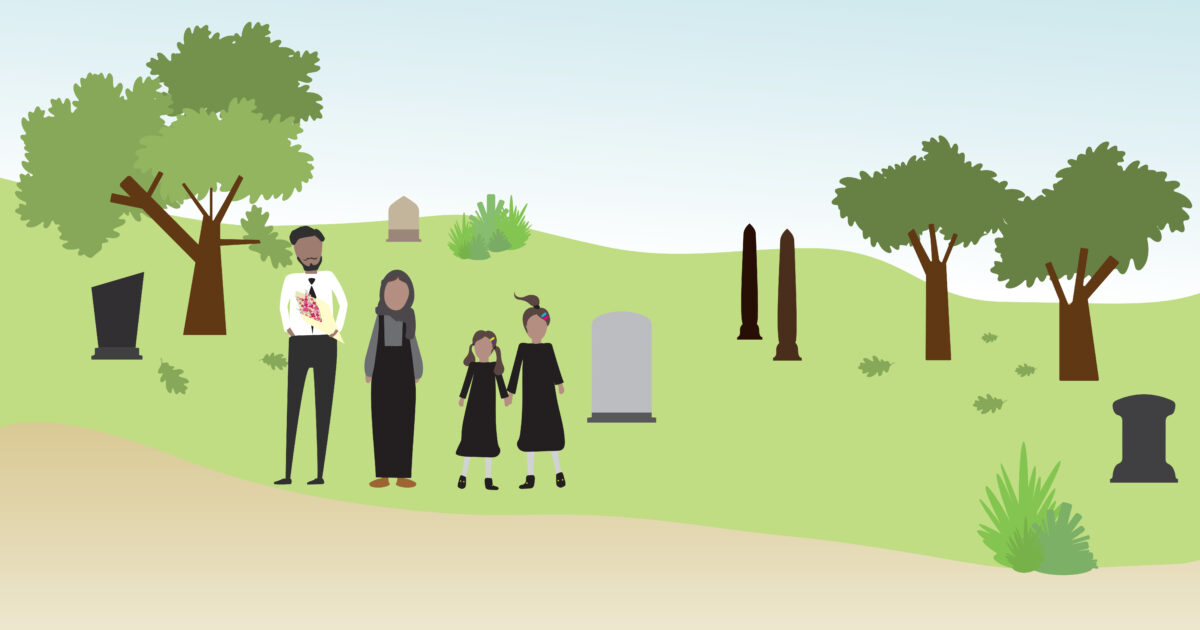
Straight Forward – Alkaline Hydrolysis
More research on low-temperature alkaline hydrolysis is required to ensure it is safe for the public
Blog by Carey Smith, CEO/Registrar,
Bereavement Authority of Ontario
In recent months, several columns and opinions have been written about a chemical form of human remains disposal.
Today, in my blog, I want to provide you with the basic facts about low-temperature alkaline hydrolysis (AH).
AH is a process for the disposal of human remains using lye, heat and pressure. The process is being marketed as a lower-cost alternative to the traditional options of burial or cremation.
This is not cremation
Unlike cremation, AH is a chemical process that offers both families and businesses a lower cost option to disposing of the remains of loved ones.
One thing AH does have in common with cremation is the importance of how it is done.
In flame-based cremation, the burning process temperature and duration effect the amount of pollutants that are released into the air and environment.
In AH, how the process is conducted and at what temperature also have a direct effect on what is released into the environment. After the AH process is complete the dissolved remains flow into the sewer system, where they are processed with all sewage and eventually re-enter the environment.
High-temp vs low-temp AH
The Bereavement Authority of Ontario (BAO) has no issue with the high-temperature AH process.
There is scientific consensus that high-temperature AH destroys human prions contained in the effluent of this process. That’s a good thing. Prions are proteins that can transmit neurodegenerative diseases, such as the rare and fatal Creutzfeldt-Jakob disease – a human version of mad-cow disease.
Public Health Ontario reports that high-temperature AH is endorsed by the World Health Organization and is recognized as “an acceptable method for the disinfection and disposal of human remains.” Scientific studies show that the high-temperature method eliminates infectious agents, such as prions.
But not so for low-temperature AH.
There is no scientific evidence that the low-temperature process destroys prions. Bottom line – we can’t be sure low-temperature AH is safe.
Our position at the BAO is simply that until we can be certain about the risks to human life, we can not approve low-temperature AH.
As the authority, it is our duty to take the time to determine whether low-temperature AH is safe. The public should expect no less of us.
Let’s be sure
More research on low-temperature AH is required before we can be sure. The BAO must conduct a thorough review of the low-temperature process. The time spent on this will be well worth it.
We are taking a reasonable, responsible and prudent approach for public safety. It’s as straight forward as that.
For more information please contact us.
Thank you.



